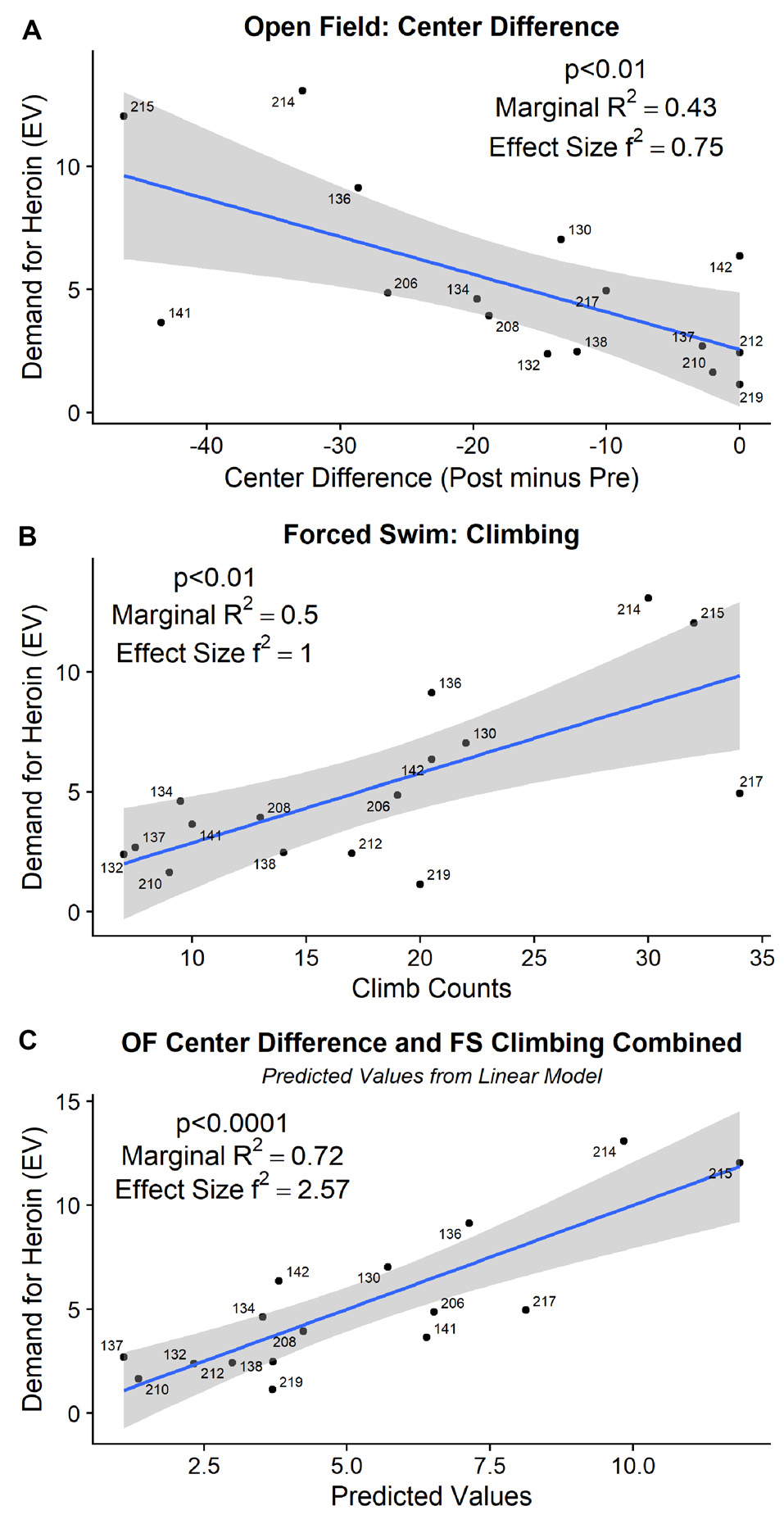Exploring the Link: Stress Vulnerability and Increased Intravenous Heroin Demand in Rats
For the first time, we show that individual biological response to an ecologically relevant stressor in combination with associated behavioral markers can be used to predict subsequent economic demand for heroin.
New Insights into Heroin Addiction: The Role of Individual Stress Vulnerability
In the midst of the opioid epidemic, understanding the drivers behind heroin use and relapse is more critical than ever. Our latest study, led by Nathaniel P. Stafford and colleagues, takes a significant leap in unraveling the intricate relationship between stress and heroin demand, using an innovative rodent model to simulate the comorbidity of stress and heroin use.
Unveiling the Connection: Stress and Heroin Use
The study posits that individuals with greater vulnerability to stress are likely to have a higher demand for heroin. Using male rats, researchers implemented a regimen of inescapable intermittent swim stress (ISS) and then measured the subjects’ biological and behavioral responses, such as corticosterone levels and open field social exploration. The critical finding was the correlation between these stress responses and the subsequent economic demand for heroin self-administration, assessed through a behavioral economics approach.
Key Findings: Predictors of Heroin Demand
Our research highlights several crucial predictors of heroin demand:
- Behavioral Changes: Changes in open-field activity and forced swim test (FST) climbing activity were found to be significant behavioral predictors of heroin demand.
- Biological Markers: The combined corticosterone response to ISS and FST was a potent predictor of demand for heroin.
- Integrative Predictive Model: A model integrating both behavioral and biological markers significantly improved the ability to predict individual demand for self-administered heroin.
Key Figure

Significance and Applications
This study is not only pivotal for its scientific contribution but also for its potential implications in addressing heroin addiction. By identifying individual vulnerability to stress as a significant predictor of heroin demand, it paves the way for more personalized and effective intervention strategies. The incorporation of biological and behavioral markers as predictive tools can lead to the early identification of individuals at higher risk of heroin addiction, enabling timely and tailored treatment approaches.
Moving Forward
As we move forward, the insights gained from this study will inform the next steps in addiction research and treatment development. Our lab remains committed to unraveling the complex mechanisms underlying addiction and devising strategies to combat the opioid crisis. We invite researchers, practitioners, and the broader community to engage with us as we continue this critical work.
For more detailed findings and the full paper, refer to “Individual Vulnerability to Stress Is Associated With Increased Demand for Intravenous Heroin Self-administration in Rats” published in Frontiers in Behavioral Neuroscience.
Keywords: Heroin, Stress, Swim-stress, Post-traumatic stress disorder, Heroin demand, Economic demand, Stress reinstatement, Cue reinstatement.
References
2019
- Individual Vulnerability to Stress Is Associated With Increased Demand for Intravenous Heroin Self-administration in Rats.Frontiers in Behavioral Neuroscience, Jun 2019